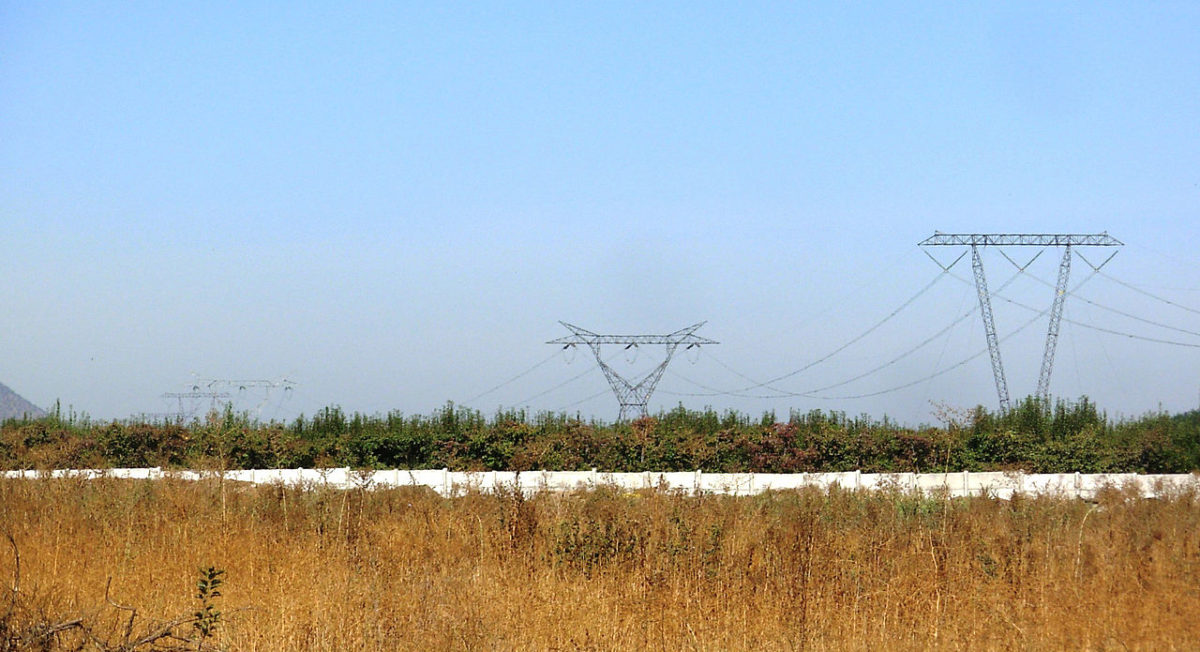With the growing market share of variable renewables, grid integration issues are becoming increasingly important. Addressing the critical issues of supply security and grid reliability, a new report by the Institute for Energy Economics and Financial Analysis (IEEFA) offers nine options for system operators to improve the diversity of domestic generation.
The report, titled Power-Industry Transition, Here and Now includes nine case studies among the top 15 markets worldwide by wind and solar market share, ranging from 14% to 53% of total electricity generation, compared to a global average of 5%: Denmark, South Australia, Uruguay, Germany, Ireland, Spain, Texas (where the market is run by ERCOT), California (where the system operator is CAISO), and the state of Tamil Nadu, India.
Focusing on grid stability and the challenges for grid operators posed by variable wind and solar, the IEEFA draws attention to methods worked out by leaders in energy transition, as practical steps that regional and national markets can take to integrate high levels of intermittent energy sources and avoid radical redesigns of their power markets.
Popular content
- Timely investment in the transmission grid: Texas is the leading example of a well-planned investment in a high-voltage transmission system connecting renewable resources to demand centers, such as major cities. After passing the legislation in 2005, which established the Texan renewable energy program, competitive renewable energy zones were developed and connected to the eastern, more populated area, of the state. Consequently, curtailment of wind power in Texas fell from 17% in 2009, to a mere 0.5% in 2014. In 2017, wind and solar PV’s market share reached 18%, not including distributed rooftop solar facilities.
- Boosting transmission interconnections and cooperation between neighboring countries and power markets: Denmark's interconnection capacity today accounts for more than half of installed generating capacity (51%), giving it a much wider array of generating resources to call upon to match demand. Other European countries that have worked to couple their markets are Germany, France and the Benelux region, whereas in the U.S. back in 2014, the California independent system operator (CAISO) and PacifiCorp launched the western energy imbalance market, which extended into seven states that CAISO could call upon to balance variability in demand and supply, thus reducing renewables curtailment.
- Ensuring flexibility in domestic generation: In Uruguay, domestic hydropower provides flexibility for wind generation that has grown more than 30-fold in the past five years. The country also benefits from interconnectors to Brazil and Argentina, through which it exports surplus wind power. This flexibility is important as the country has seen wind and solar rise to a 32% market share in 2017, from 1% in 2013.
- Market reform to boost flexible back-up: There are four ways to reform markets to adapt to growth in variable renewables: shortening balancing markets used to match supply and demand in real time; introducing non-energy payments for back-up generation; encouraging “spikier” power markets by raising or scrapping ceilings on power prices, and introducing negative pricing. Ireland sets a good example, being in the process of introducing real-time balancing and intraday markets to provide important price signals to potential investors in flexible generation, demand-side response, and storage.
- Supporting demand-side flexibility: Following a statewide blackout in 2016, South Australia devised an energy plan backing new sources of flexibility, including 1,000 MW of contracted demand-side management. In Europe, Germany is turning to daily tenders to make it easier for wind and solar generators to submit bids based on forecasted power output.
- Better wind and solar forecasting: In Spain, modelling advances at the national wind power forecaster, Sipreolico, which provides hourly wind production forecasts for up to 10 days ahead, have halved day-ahead forecasting errors between 2008 and 2015.
- Enhancing the responsiveness of the distribution grid: Germany has changed grid codes for household solar inverters to make them responsive to variations in grid frequency and thus stabilize the grid. Meanwhile, Australia saw a rapid scaling up of rooftop solar+storage installations in 2017, incentivized by time-of-use pricing structures for solar users to encourage time-shifting of production.
- Making renewables more responsible for grid balancing: In Denmark, all wind power aggregators, including the oldest turbines as of this year, have to provide firm power from across their portfolios, meaning they need to pay for inaccurate forecasts. In Germany, old fixed feed-in tariffs were replaced by the average monthly spot price, plus the difference to the feed-in tariff. This means that wind and solar power producers earn the same as before, but can earn more if they gear their generation towards peak prices. Following the state-wide blackout, the regulator in South Australia concluded that variable renewables would have to be used for frequency control increasingly in future, which prompted deployment of large-scale battery storage.
- National leadership: India’s ambition to drive five-fold national growth in variable renewables over the next decade has spurred initiatives, such as its Interstate Green Power Corridor, favoring the local integration of solar power in the state of Tamil Nadu.
Noting that the growing uptake of variable renewables can preserve energy security, Gerard Wynn, a London-based IEEFA energy finance consultant and lead author of the report, said, “Change is happening at breakneck speed, in the here and now, overtaking academic discussions on how quickly or whether this transition can happen.”
This content is protected by copyright and may not be reused. If you want to cooperate with us and would like to reuse some of our content, please contact: editors@pv-magazine.com.



A lot of work is being done on V2G systems to allow electric car batteries to become a storage resource for the grid. EVs are still too rare for this to be a significant contribution today to grid flexibility, but things are changing fast. Is China doing anything yet to exploit its 600,000 electric cars and 300,000 electric buses?